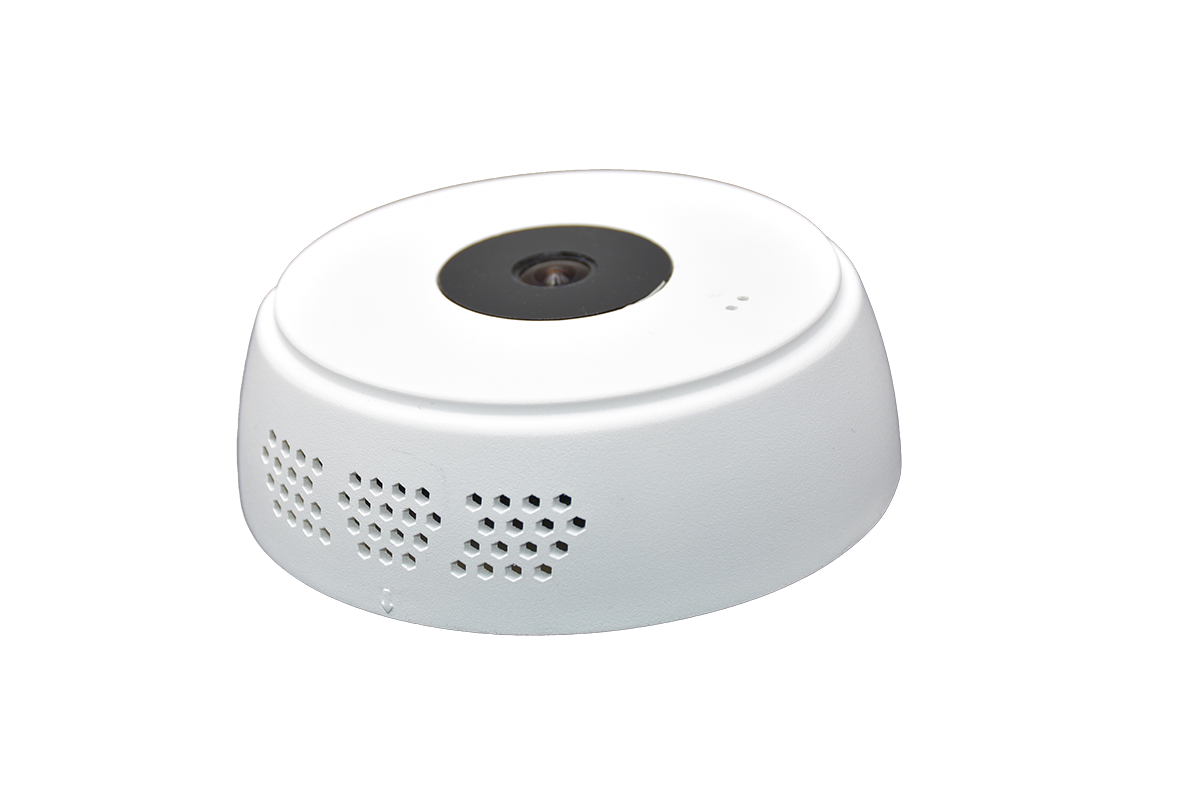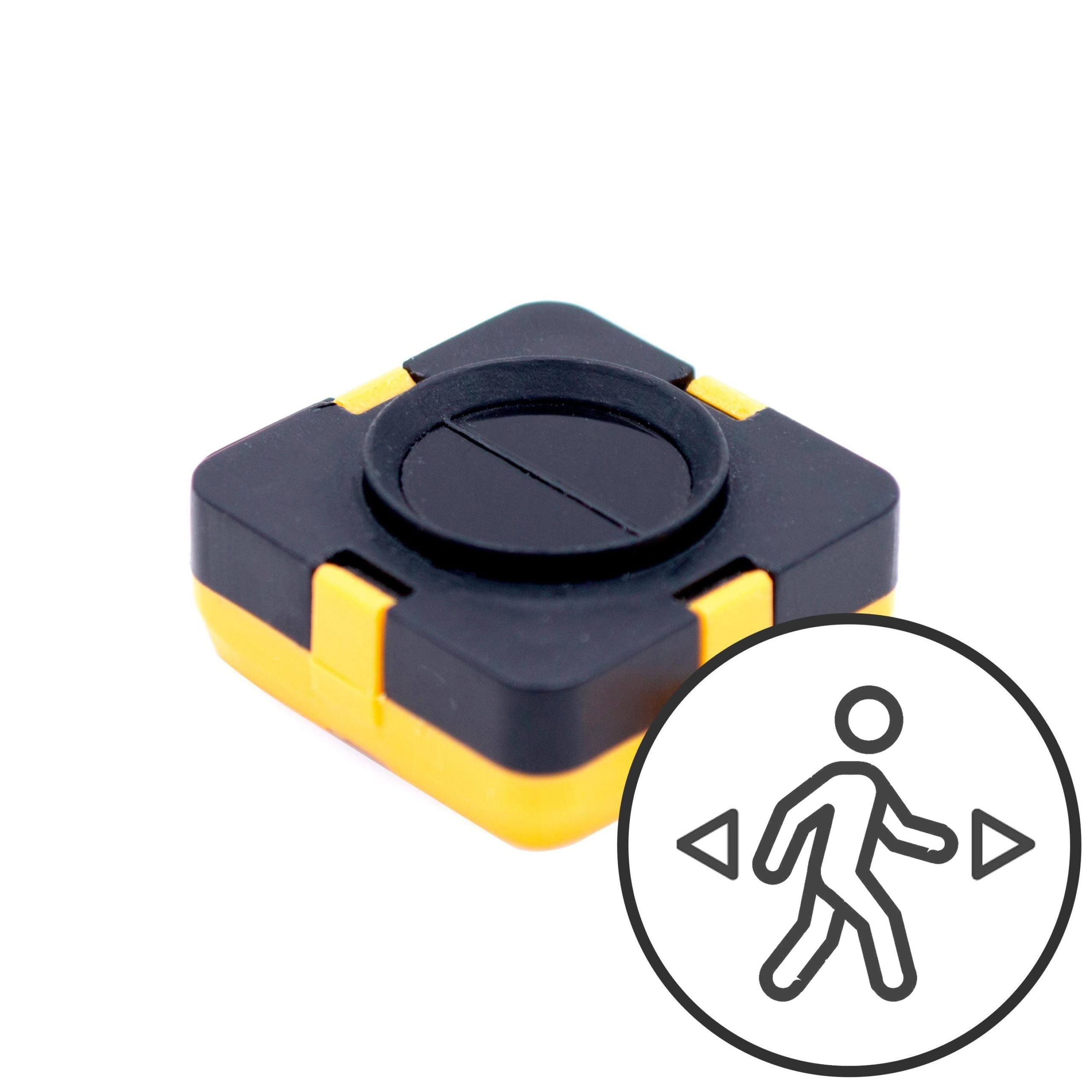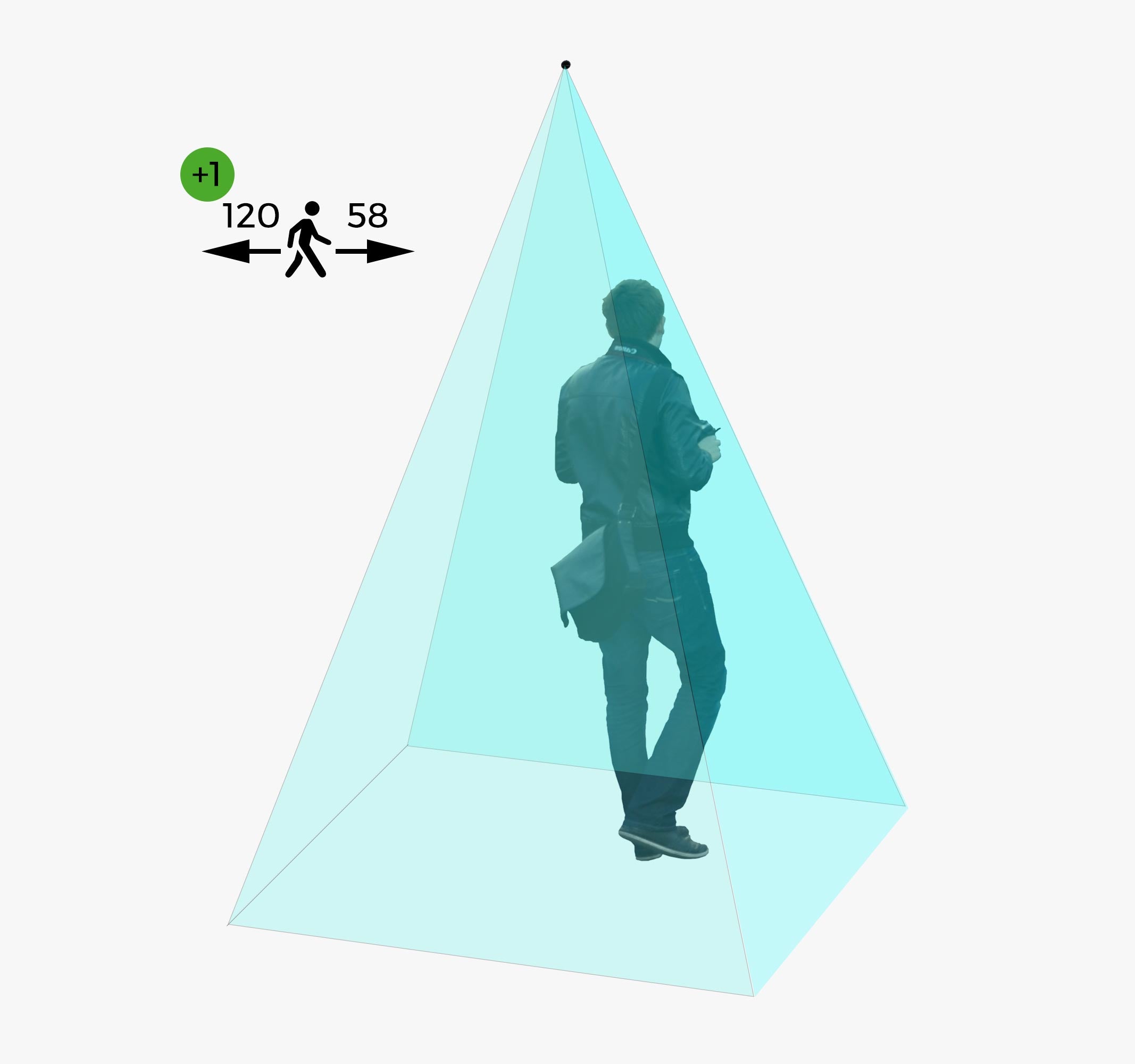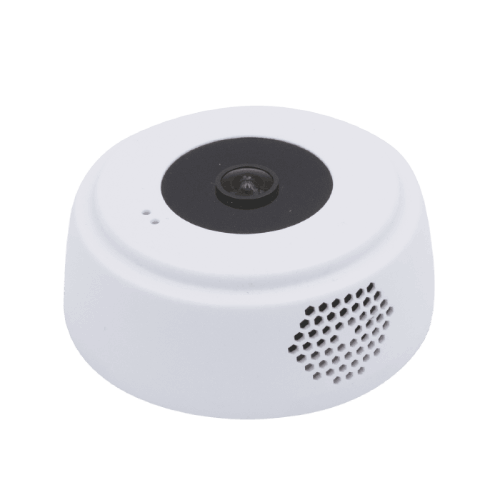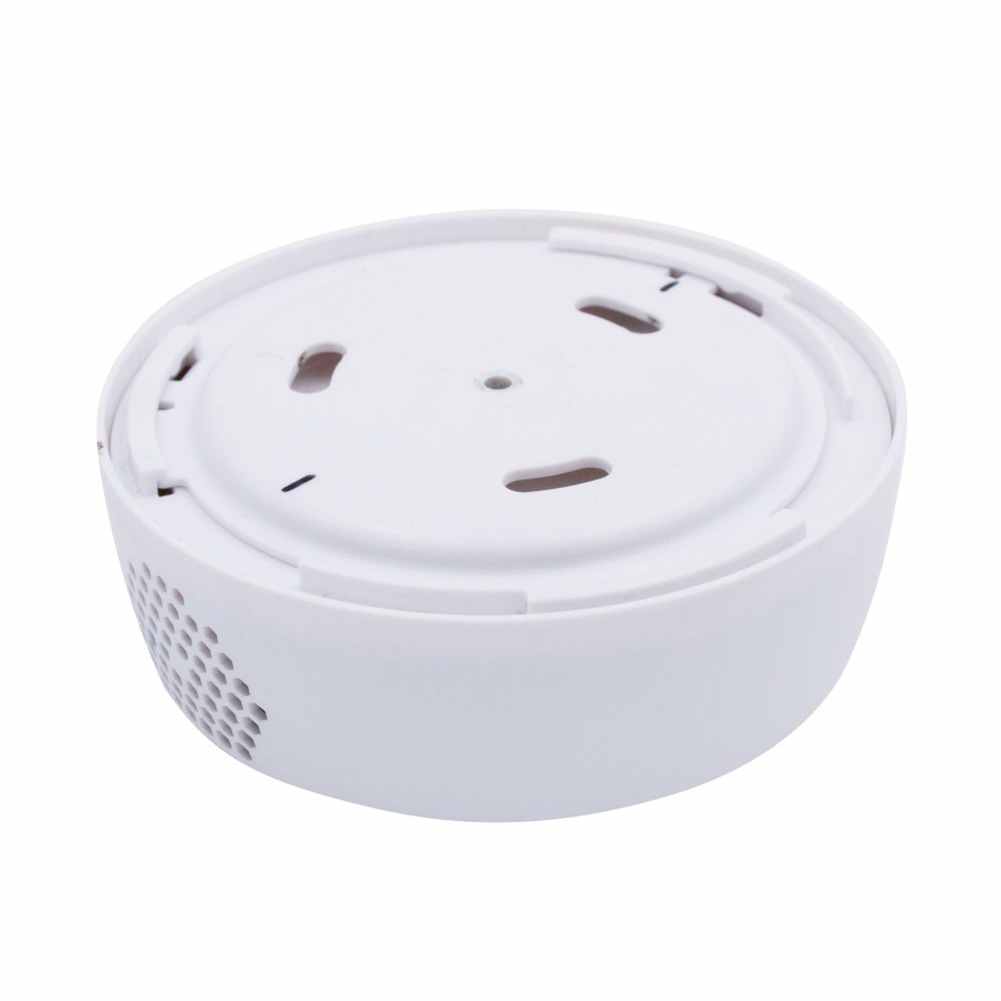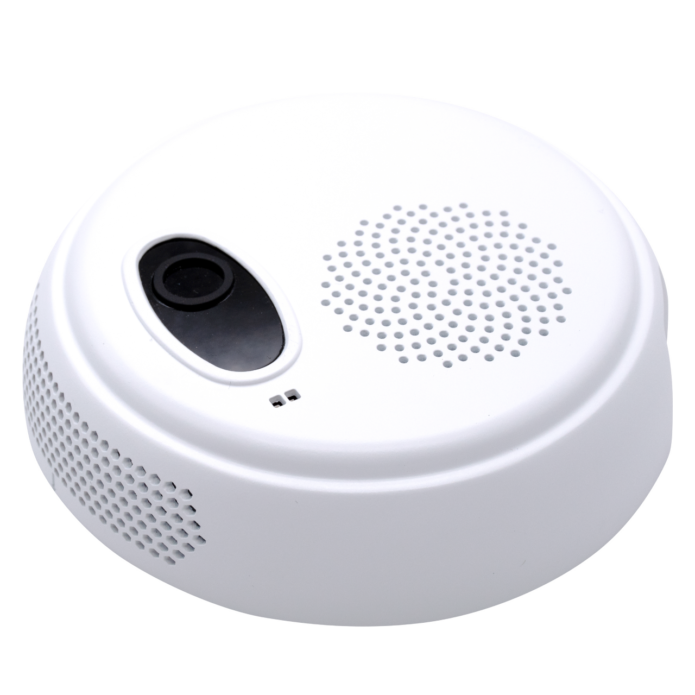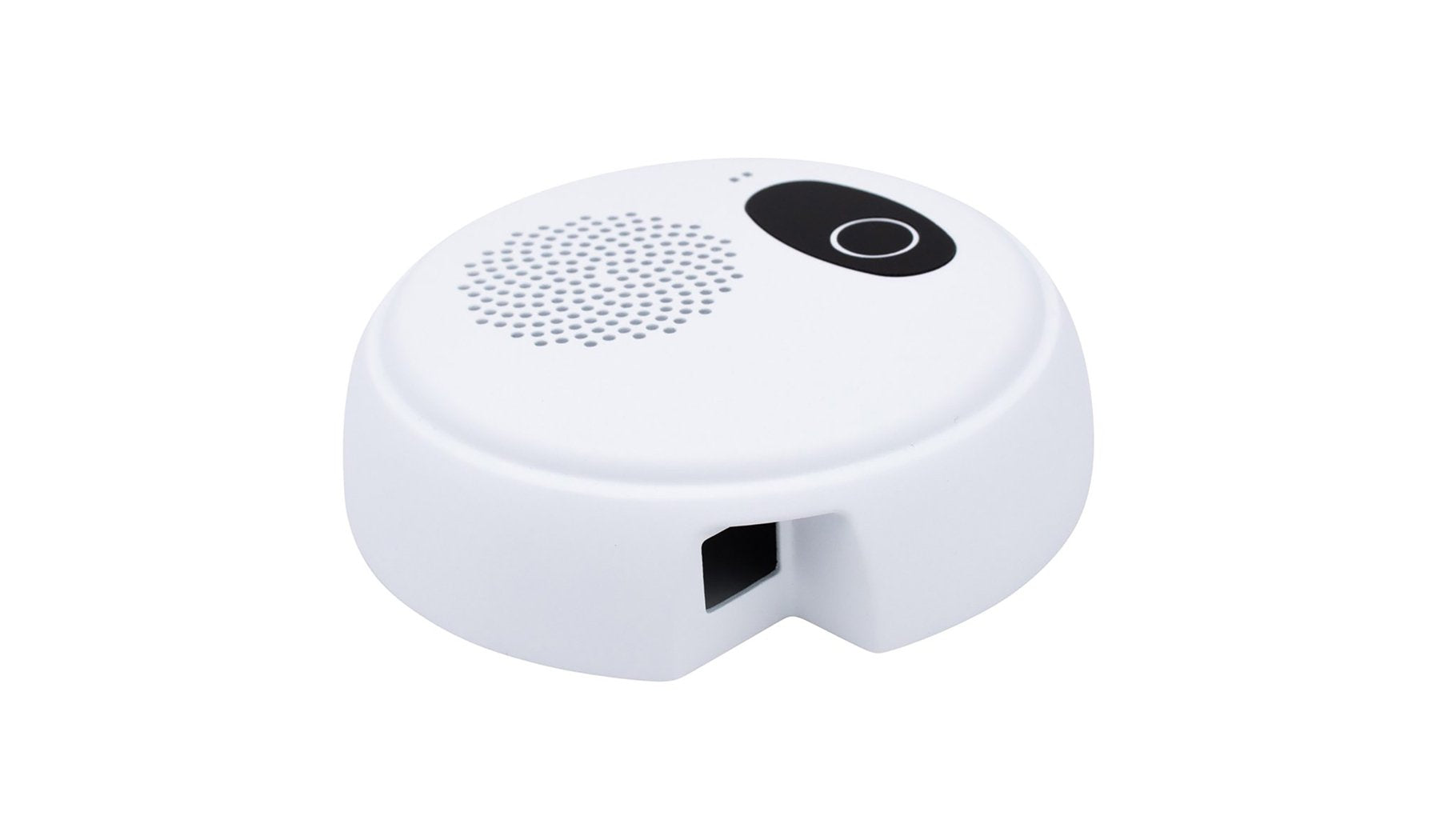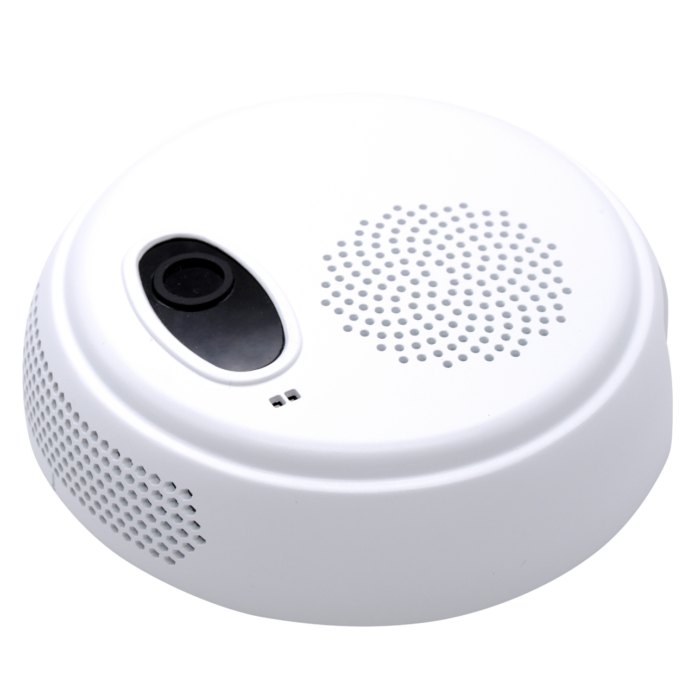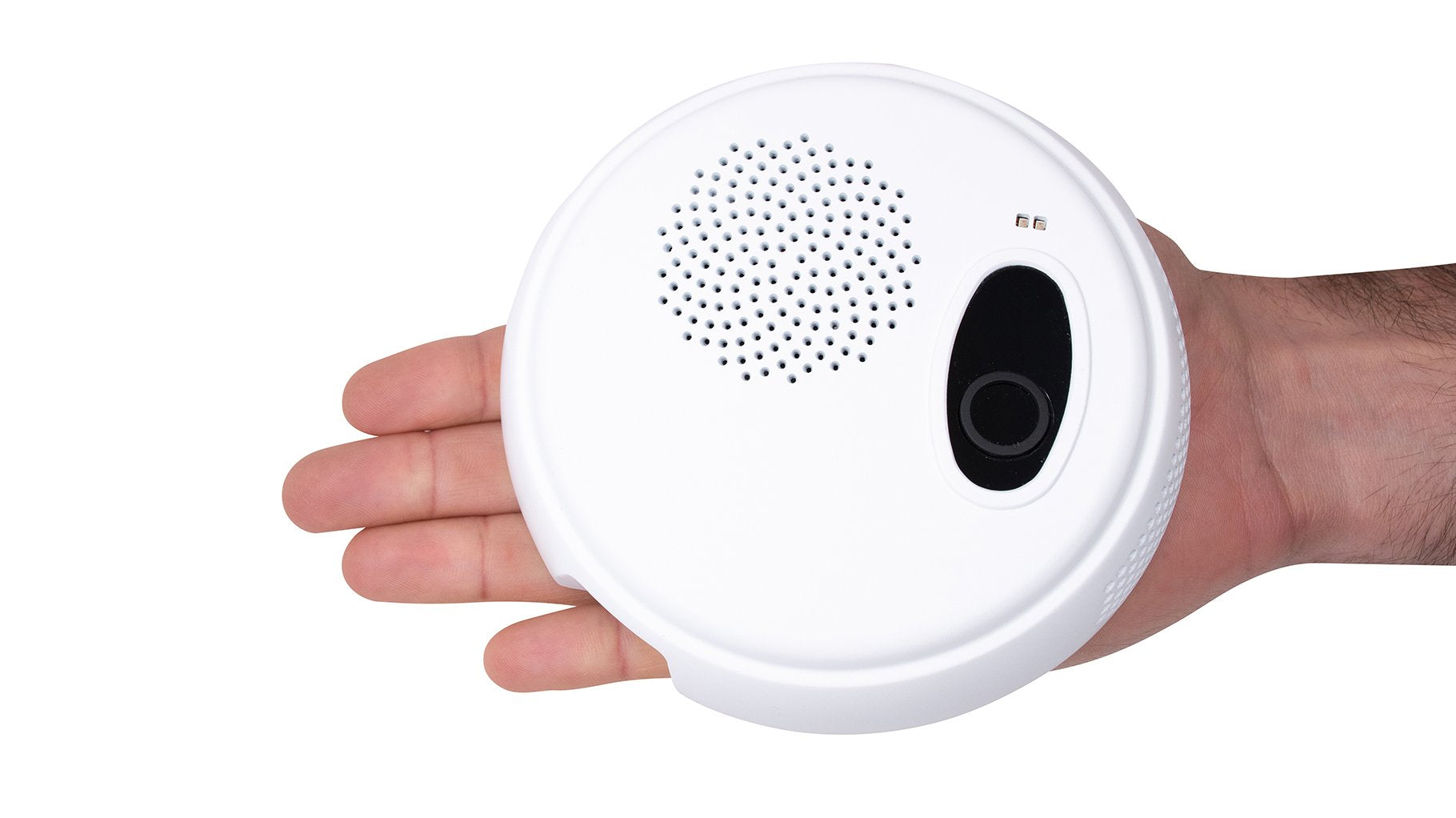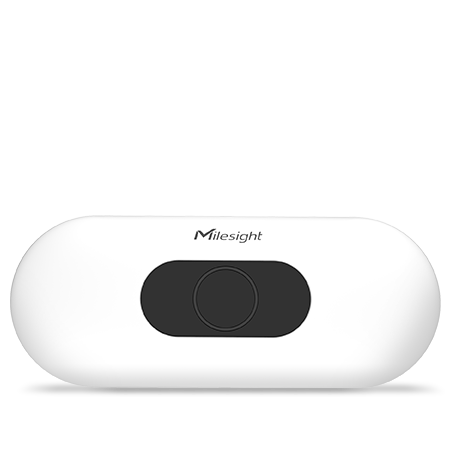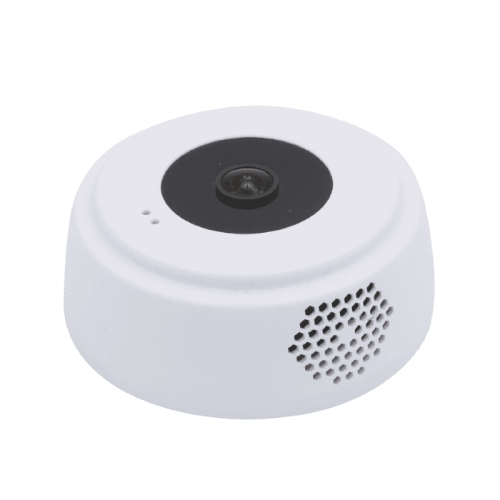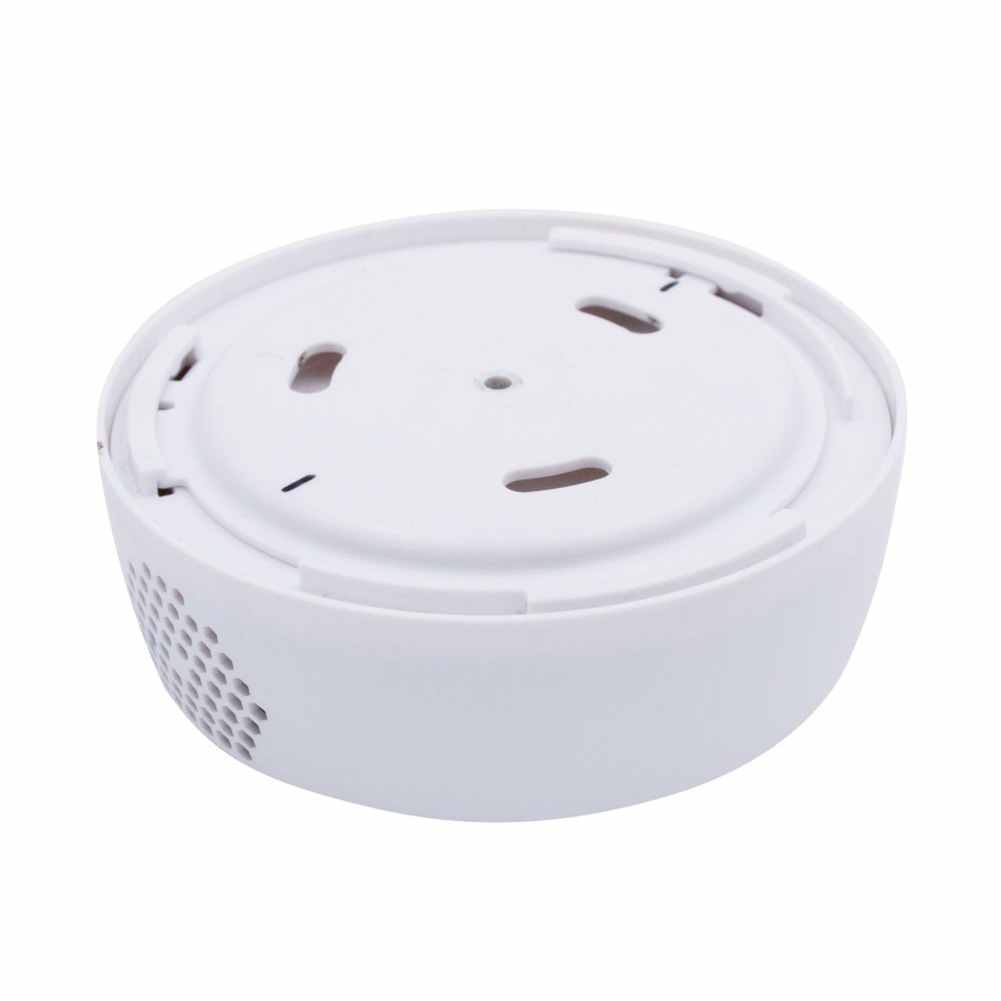Versatile functions for analysis, planning and automation
People counters support real-time analyses, for example to monitor customer flows in shopping centres or to control visitor numbers at events. They also play a role in process optimisation, such as staff scheduling in retail or traffic flow control in smart cities. In automation environments, they enable the dynamic control of lighting, heating or air conditioning systems based on actual room utilisation.
In a nutshell: When to choose which people counter?
-
Small rooms and narrow entrances
- Technology: Compact infrared or 3D depth sensors.
- Advantages: Discreet, easy to install, cost-effective.
-
Wide entrances and high visitor numbers
- Technology: Time-of-flight sensors with multi-device support.
- Advantages: High accuracy, suitable for large crowds.
-
Data integration and remote control
- Technology: WLAN- or LoRaWAN-based systems.
- Advantages: Wireless connectivity, perfect for IoT integrations.
-
Advanced analyses such as heat maps or group counting
- Technology: AI-based systems with expandable functions.
- Advantages: Best accuracy, extensive data analyses.
People counter technologies at a glance
From simple counting systems for smaller entrances to high-precision, AI-supported solutions for complex applications, modern people counters offer many possibilities. Here we present various technologies and show you how they differ in terms of accuracy, connectivity and functionality.
1. infrared and laser sensors
This cost-effective technology is particularly suitable for simple applications such as counting people at doors or narrow passages. These people counters are easy to install and require minimal maintenance. They are therefore ideal for smaller shops, cafés or entrance areas with low visitor numbers. Their accuracy is limited in more complex scenarios, but these systems are sufficient for recording and analysing basic visitor flows.
One example of this technology is the TeraRanger Evo I2C/UART people counter. It is compact and can be easily integrated into microcontroller-based control systems or IoT systems thanks to its support for I2C and UART interfaces.
2. 3D depth sensors (time-of-flight)
These devices utilise advanced 3D depth detection technology for people counting. With their exceptionally high accuracy, the sensors can block out static objects or interfering factors, making them particularly effective in dynamic environments.
Thanks to their versatility, 3D depth sensors are ideal for applications in museums, retail or smart buildings where accurate detection of visitor numbers is crucial. They can be mounted on ceilings and are reliable even in different lighting conditions.
One example of a system that utilises this technology is the Terabee L-XL people counter. With its high precision and support for wider entrances of up to 15 metres, it offers a robust solution for high-traffic areas such as shopping centres or large event venues.
3. AI-supported systems
AI-supported people counters rely on digital algorithms to analyse movements and flows of people. In addition to pure counting, this type of customer counter offers advanced functions such as heat maps that visualise the distribution of people in a room. Group detection also allows several people to be counted simultaneously. Another special feature is the ability to differentiate between adults and children.
AI-supported systems are ideal for demanding applications in shopping centres, airports or at major events. They provide valuable data for optimising processes and increasing customer satisfaction.
An example of such a system is the Milesight VS133-868M LoRaWAN AI ToF people counter, which offers an industry-leading accuracy of 99.8 %. With additional features such as an advanced heat map and multi-device stitching for seamless integration into larger systems, it is the perfect choice for complex and data-driven applications.
4. LoRaWAN and WLAN-based systems
Wireless people counting systems with LoRaWAN or WLAN connectivity are particularly flexible. These solutions do not require extensive cabling and can be integrated into existing networks with little effort. One major advantage is the possibility of remote maintenance. Configurations and updates can be conveniently carried out remotely.
These systems are particularly suitable for large buildings or IoT applications. They transmit real-time data directly to cloud systems or servers and enable comprehensive data analysis and centralised control. They are often used in smart building concepts, shopping centres or public facilities. One example of such a system is the Terabee LoRaWAN people counter L-XL.
Data protection as standard: GDPR-compliant people counting systems
The protection of personal data is a central concern of modern people counting systems. All of the technologies and devices described here fulfil the requirements of the General Data Protection Regulation (GDPR) and offer absolute anonymity.
Instead of camera images or personal data, these systems utilise alternative technologies such as infrared sensors, 3D depth recognition or time-of-flight sensors. These approaches only recordpeople's movements and silhouettes without storing visual details such as faces or physical features. As a result, the identity of the people recorded remains completely anonymous. Such technologies focus exclusively on relevant counting data, such as the number of people, their direction (e.g. entry or exit) and movement patterns within a defined area.
Areas of application for people counters - retail, smart cities, research and much more.
From optimising customer frequency in retail to increasing energy efficiency in smart buildings - with state-of-the-art technology, people counters not only support process optimisation, but also provide valuable insights that can be used specifically to improve safety, convenience and efficiency.
1. retail and sales areas
Customer counters are used in the retail sector to analyse customer frequency and control marketing measures in a targeted manner. Accurate counting data can be used to identify peak times, which in turn can be used for staff planning and product placement. Modern systems, such as 3D depth sensors, not only provide visitor numbers, but also insights into movement patterns within the shop. In large shopping centres in particular, expandable multi-device solutions help to visualise visitor flows and avoid bottlenecks.
2. event venues and public facilities
In concert halls, museums or sports stadiums, monitoring capacity limits is essential in order to comply with safety standards. People counting systems with multi-device stitching can cover wide entrance areas and provide real-time data that also supports emergency planning. In addition, AI-supported solutions offer detailed analyses, for example on dwell time in certain areas, in order to improve the visitor experience in a targeted manner.
3. building automation and smart cities
LoRaWAN-based systems are used in smart buildings to optimise energy consumption and comfort. For example, the control of lighting and air conditioning systems can be adapted to actual room utilisation. In city centres, these technologies support the planning of traffic flows or the analysis of pedestrian zones.
4. research and transport
People counters are a valuable tool for research projects investigating movement patterns and behavioural analysis. In the transport sector, they can be used to record passenger numbers in real time and increase the efficiency of transport services. AI-supported systems offer additional possibilities, such as recognising groups or distinguishing between different categories of people, making the analysis even more precise. These findings can be used to improve public infrastructure and mobility services.
Installation and maintenance of people counters: simple and flexible
The installation of people counters is straightforward thanks to user-friendly web GUIs and simple configuration options. Many systems offer remote maintenance and remote updates, making them particularly low-maintenance. Power supply solutions such as PoE or battery operation make them particularly flexible.
Frequently asked questions about our people counters
Here we answer frequently asked questions about our people counters. You are also welcome to use our contact form if you would like a personal consultation.
What technologies do digital people counters use?
Our digital people counters use modern technologies such as 3D depth sensors, infrared light barriers or AI algorithms to detect people precisely and automatically.
Can I integrate people counters into an Arduino system?
Yes, many of our electronic visitor counters are Arduino-compatible and can be integrated directly into your projects via I2C or UART interfaces.
Are people counters suitable for access control?
Absolutely! Our systems support bidirectional counting and are ideal for access control systems in offices, event venues or public facilities.
What is the advantage of sensors over cameras?
Sensor-based people counters such as infrared or time-of-flight sensors record people anonymously without recording camera images or personal data. This makes them more privacy-friendly and versatile.
Do people counters also work in demanding environments?
Yes, our devices, whether with light barriers or advanced 3D sensors, are robust and work reliably in dynamic environments such as shopping centres, museums or outdoor areas.

